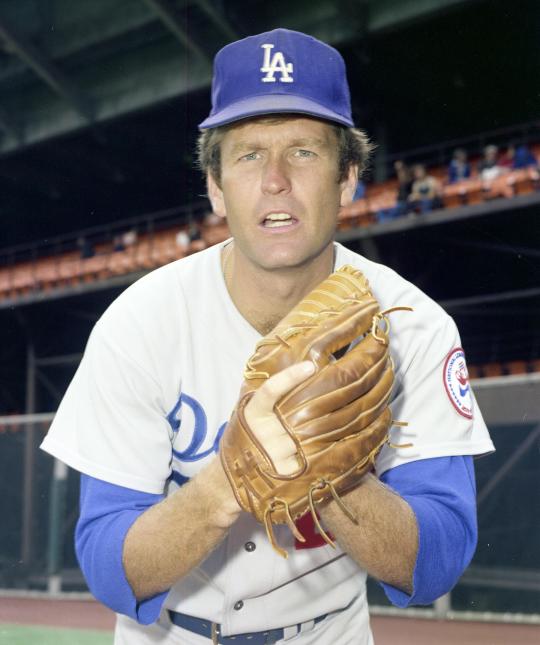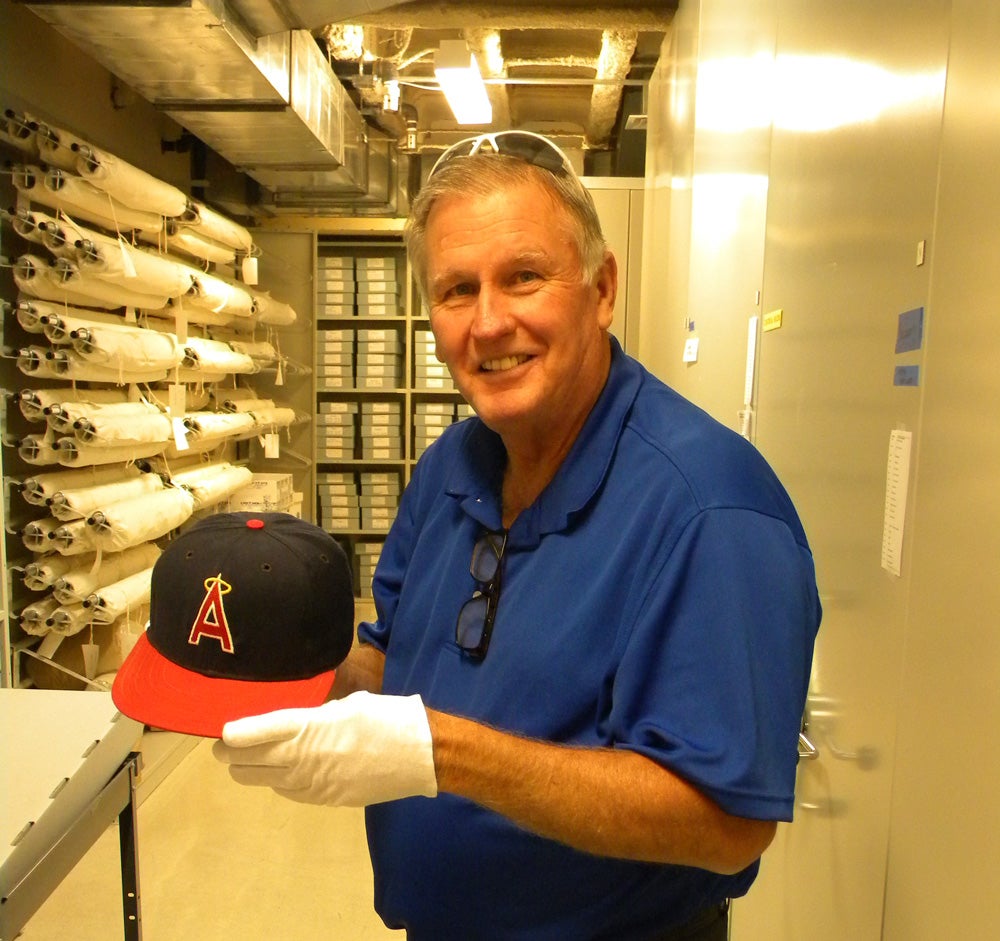- Home
- Our Stories
- #Shortstops: Bionic Man
#Shortstops: Bionic Man
One last curveball comes in at 78 miles per hour from the hand of the lefty pitcher Tommy John to strike out another batter. The crowd in Dodger Stadium roars with excitement as they witness “The Bionic Man” win yet another game for their beloved team.
Tommy John had established himself as one of the most dependable starters in the game. It was John’s curveball that had every scout, every coach and every player on their toes waiting for that ball to come racing out of John’s hand. But after lasting just two innings against the Montreal Expos on July 17, 1974, John didn’t know if he’d ever pitch again.
Tommy John began his Major League Baseball career when he signed with the Cleveland Indians at the age of 18, and he was called up to the big leagues in 1963 only having three years of experience in the minor leagues. Prior to the 1965 season, John was traded to the White Sox, where he led the American League in shutouts twice.
Following the 1971 season, John was traded to the Dodgers. He won 11 games in 1972 and led the National League in winning percentage in 1973. In 1974, John was 13-3 when in the third inning against the Expos, he felt a twinge in his arm. “The strangest sensation I had ever known… as if my body continued to go forward and my left arm hard just flew out to right field, independent of the rest of me,” said John as he flashed back to that exact moment. At first, John was diagnosed with “Overuse Syndrome” and was told to ice his arm for a few days and then return right back to baseball. Unfortunately, his arm did not improve. When John threw a side session after his time off, the ball would not even reach home plate.
Be A Part of Something Greater
There are a few ways our supporters stay involved, from membership and mission support to golf and donor experiences. The greatest moments in baseball history can’t be preserved without your help. Join us today.
Official Hall of Fame Merchandise
Hall of Fame Members receive 10% off and FREE standard shipping on all Hall of Fame online store purchases.
John realized this injury was much more serious. After more evaluation from the team doctors, they had realized John had suffered from a potentially career-ending injury as he tore his ulnar collateral ligament (UCL) in the game against the Expos. A UCL is a ligament on the inner side of the elbow that helps secure the elbow joint.
Dr. Frank Jobe, the Dodgers team surgeon, suggested a brand new procedure where he would take a tendon from John’s right wrist and use it to repair his pitching elbow. This had never been done before, but Jobe told John that without the surgery he would never pitch again. With it, there might be a slim chance he could return to the mound with the Dodgers.
After ungoing surgery on Sept. 25, 1974, John missed the 1975 season during recovery and rehab, but soon after, he regained feeling in his fingers and was throwing batting practice by July of that same year.
In 1976, John returned to the big leagues and won 10 games, setting a new standard for what was possible surgically. Thus, since 1976, ulnar collateral ligament reconstruction surgery is now known as “Tommy John Surgery”.
In 1977, John had his first career 20-win season, going 20-7 with a 2.78 ERA as the Dodgers won the National League West and reached the World Series. He pitched more seasons (14) after the surgery than he did before (12) and finished his career with 288 wins and a 3.34 ERA.
Surgical tools used by Jobe and the cap worn by John during his 250th win are part of the collection at the National Baseball Hall of Fame and Museum.
Christina Van Allen was the 2022 special events intern in the Hall of Fame’s Frank and Peggy Steele Internship Program for Youth Leadership Development





